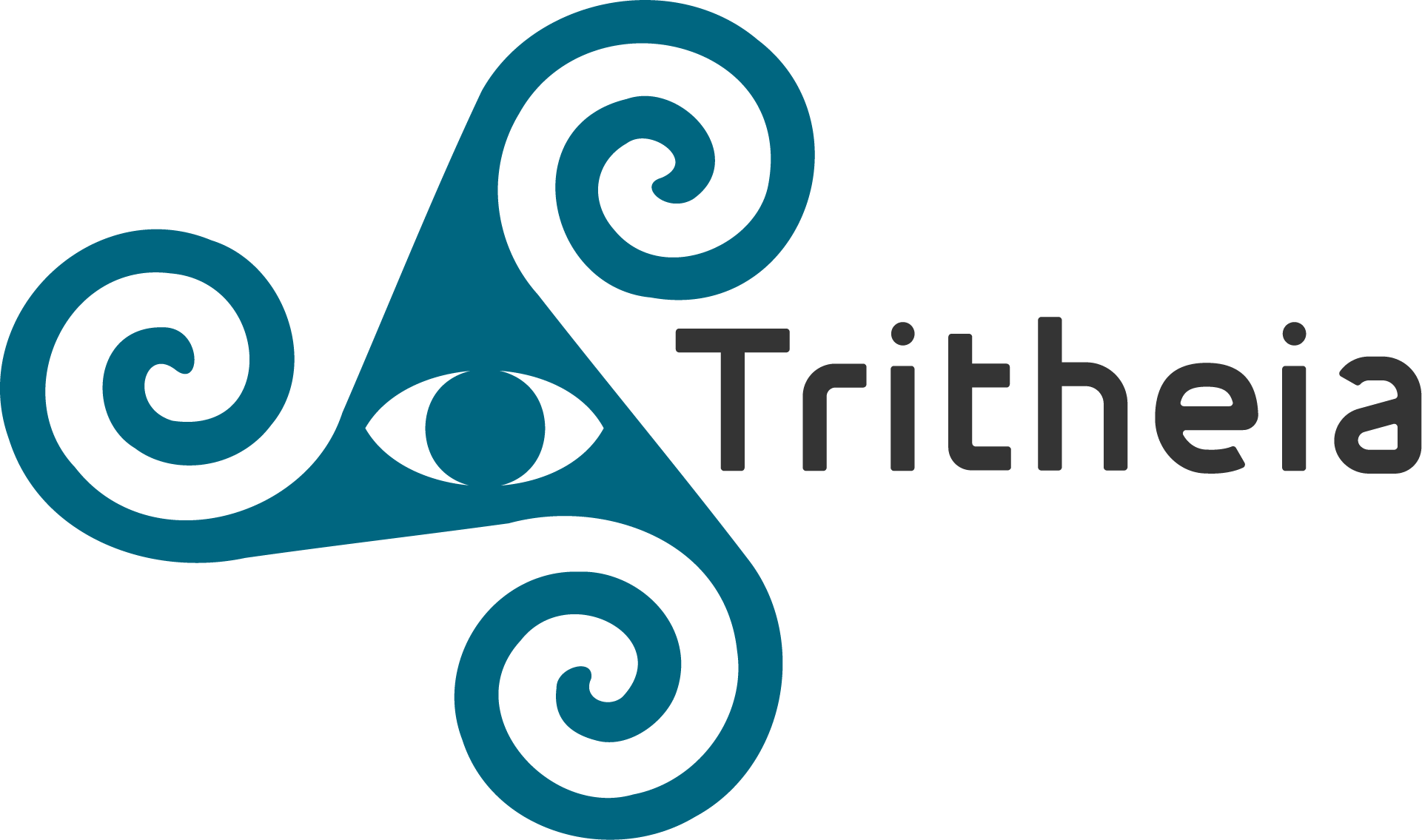As a local optometry clinic that specializes in neuro optometry and vision therapy, we often hear patients express concerns about their vision and the possibility of permanent damage. However, new research is showing that the brain is capable of adapting and changing well past childhood. In this blog post, we will discuss the connection between vision and neuroplasticity, and how vision therapy can be used to treat certain eye conditions.
What does the brain have to do with our vision?
As optometrists that specialize in vision therapy and neuro optometry, we must emphasize the importance of the brain in our visual system. The brain is composed of several segments called lobes, including the frontal, parietal, temporal, and occipital lobes, which work together to process and interpret visual information. The occipital lobe, located near the back of the skull, is the primary center for visual processing and is responsible for observing and interpreting the raw visual data sent from the eyes. However, the parietal lobe, which plays a crucial role in visuospatial cognition, and the temporal lobe, which controls memory and assigns meaning to images, also play important roles in making sense of what we see. Injuries or illnesses that affect the occipital lobe can result in different levels of visual disturbances or even blindness. The frontal lobe is also believed to play a role in vision, as it is responsible for ensuring that the mental focus is on the correct object within our field of view. When light enters the eye, it activates photoreceptor cells in the retina, which then fire nerve impulses through the optic nerve and reach the occipital lobe where they are processed and perceived as a visible image. This information is then sent to the hippocampus in the temporal lobe where it is stored as a memory. All of these processes happen in a fraction of a second, allowing us to perceive the world in real-time.
Neuroplasticity: Understanding the Brain's Ability to Adapt and Change in Optometric Care
Neuroplasticity refers to the brain's ability to adapt and change through the formation of new neural pathways. These pathways are created by electrical impulses that are sent down neural connections. When we perform a behavior or change the way we do something, the brain creates a new pathway. This is important to understand because it means that the brain can continue to develop and change throughout our entire lives.
Previously, it was believed that the critical period for brain development ended around age 8 or 9. However, recent studies have shown that the brain remains malleable and adaptable well into adulthood. This means that even if an individual has been living with a certain eye condition for years, it is still possible for them to improve their vision through vision therapy.
How does this relate to Vision?
Our vision is a product of the neural pathways in our brain. Certain eye conditions, such as strabismus (eye turns) and amblyopia (lazy eye) can be caused by imbalances in these pathways. By using vision therapy, we can train the brain to build new pathways and strengthen existing ones. This can improve binocular vision and visual processing disorders.
The Benefits of Vision Therapy
Vision therapy is a non-invasive treatment that uses repetitive exercises to train the brain to become accustomed to new behaviors. This can lead to improved vision and a reduction in symptoms associated with certain eye conditions. It is particularly effective in treating strabismus, amblyopia, and visual processing disorders. Vision therapy can also be used in combination with other treatments, such as prism glasses to maximize the benefits for the patient.
It's important to note that vision therapy is not a one-size-fits-all treatment and requires a comprehensive eye examination and evaluation by an optometrist that specializes in functional or behavioral vision to determine the appropriate course of therapy. The therapy is typically administered by an optometrist or a therapist who is working with them who is specially trained in behavioral optometry, and it involves a combination of in-office and at-home therapy. The sessions may include eye tracking exercises, focusing exercises, and perceptual motor training, with the goal of improving visual function and efficiency, leading to improved visual skills such as reading, sports performance, and overall quality of life. Note that vision therapy or neuro optometric rehabilitation is not a substitute for regular eye exams, it is a broader approach to improving visual function beyond fixing how our eyes impact vision. For some people who have vision that needs improvement, a comprehensive eye exam will show the reason and glasses, contact lenses, or medical treatment will be recommended. However for many other people the vision problems may be related to how their eyes work together, how their eyes align, how their brain processes visual information and other aspects of vision that are unrelated to their eyeballs. For those people neuro optometric rehabilitation or vision therapy will help.
Assess Your Visual Skills with Our Online Test
Take our online visual skills assessment to help identify if you or your child has a potential visual deficit that may be interfering with success in the classroom, work, or sports.











